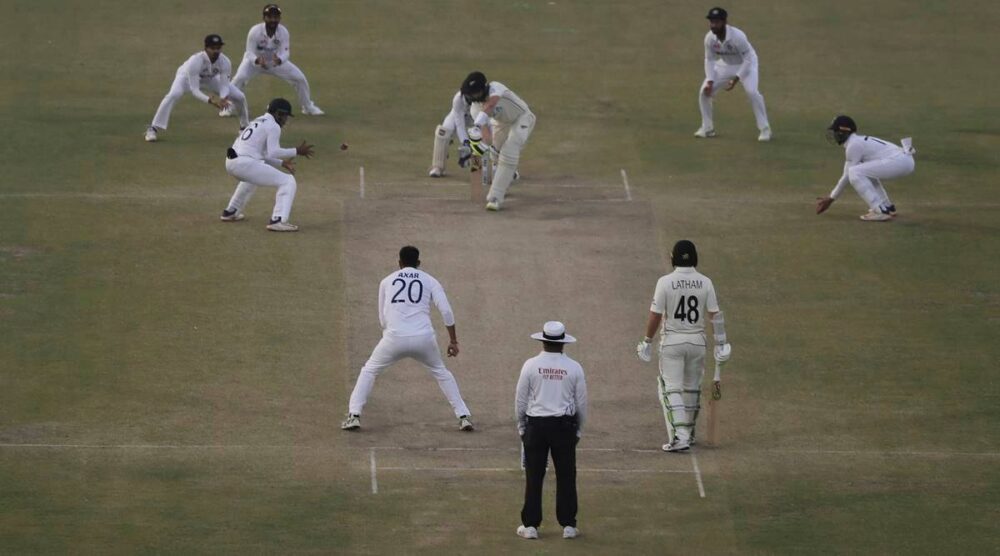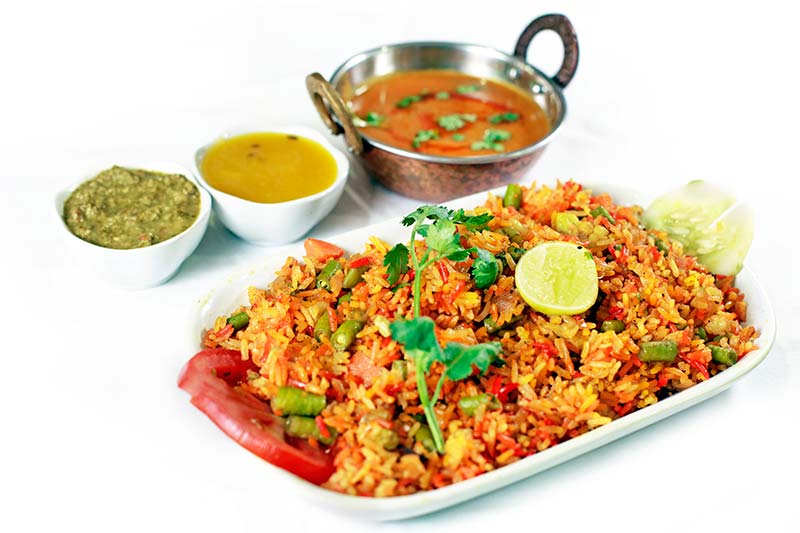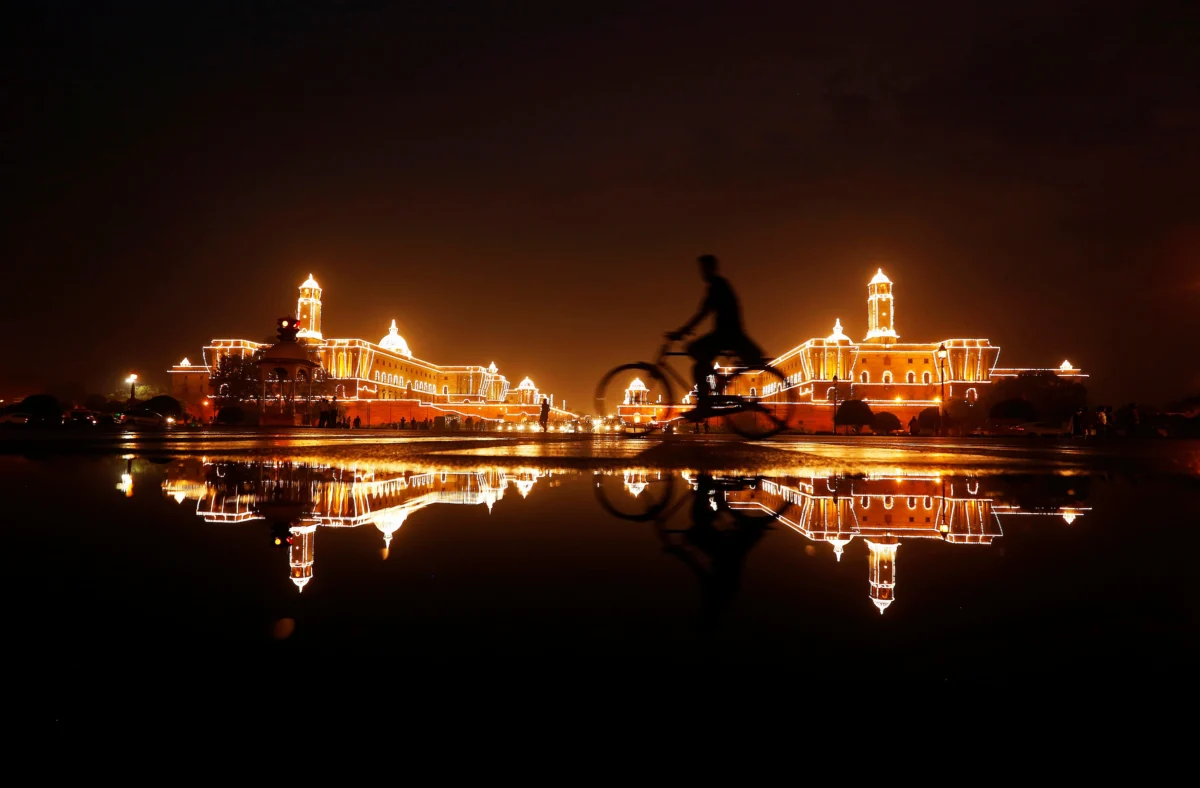India’s influence on global affairs is difficult to overstate. As the second-most populous country in the world, and the sixth-largest economy, what happens in India affects the rest of the world in myriad ways. When it comes to purely economic considerations, plenty has been written about India’s contribution to global value chains.
India is, by some measures, among the world’s largest exporters of automobiles, minerals, pharmaceutical products, textiles, and machinery, to name just a few. But what about India’s cultural exports? It is clear that India is on the verge of becoming a soft power juggernaut, with audiences around the world keen to consume Indian culture on a scale that has never been seen before. With that in mind, read on to find out more about the country’s largest cultural exports in 2024.
Bollywood

When it comes to cultural exports in India, it doesn’t get much bigger than Bollywood. Bollywood has been described as bigger than Hollywood for years, owing largely to its world-famous celebrities, and you can check our celebs category at oceanup.co. Ticket sales in its immense domestic market have long outsold those in the US and Europe. However, it now seems that Bollywood is finally ready to go global. The Indian film industry has been raking in billions of dollars worth of overseas sales in the past few years, as foreign markets express surging interest in Bollywood hits. Some of the biggest overseas money-makers of recent years include smash-hits such as Dangal, Tiger Zinda Hai, and Sanju.
Fashion

India’s fashion industry already represents a staggering $140 billion worth of exports, owing in large part to its massive textile industry. However, increasing attention is now being paid to homegrown designers and pieces, with ultra-premium fashion houses such as Nappa Dori, NicoBar, and Postfold filling the shelves on Fifth Avenue and Bond Street. In addition, India has risen in recent years to become one of the world’s largest exporters of high-end jewellery products, with recent reports revealing that much of the growth of their jewellery sector has been driven by surging demand from wealthy US buyers.
Cricket

Perhaps unsurprisingly, cricket remains India’s largest sporting export. The Indian national team is considered by many to be the best team on Earth, thanks to numerous sweeping victories at high-profile global events such as the Ashes and the ICC World Cup. In addition, interest in the Indian Premier League has surged internationally in recent years, which is evidenced partly by the huge number of international fans betting on Indian sports online. As the Asiabet guide to Indian sports betting explains, the country’s residents place an estimated $200 million worth of bets whenever the national team plays overseas. Meanwhile, the Indian sports betting market itself is now estimated to be worth more than $1 billion, thanks in part to the proliferation of online betting platforms that have allowed overseas audiences to connect with cricket like never before.
Dining

The role of Indian food in global culture is absolutely undeniable. Cities such as London, New York, Paris, and Singapore all have quarters dedicated solely to the country’s cuisine. Indian staples such as pakora, kofta, and korma have become iconic dishes in virtually every corner of the globe. On top of this, India is also the world’s largest exporter of a huge number of agricultural products, ranging from rice to lentils to spices. In addition, fine dining is also becoming an increasingly important cultural export. 3-star Michelin restaurants such as The Golden Peacock in Macau, Veeraswamy in London, and New York’s Junoon are all staffed by India’s greatest culinary minds. They are also fully booked for the foreseeable future, so good luck getting a table.
Yoga

At this point, it is almost a cliche to describe India as the land of yoga. However, when it comes to cultural exports, this cliche is now worth countless billions of dollars. Perhaps unsurprisingly, India is the world’s largest exporter of Ayurveda, yoga, naturopathy, Unani, Siddha, and homeopathy products, owing to its reputation for excellence and millennia of tried and tested results. As the global wellness market continues to balloon into a trillion-dollar industry, expect global interest in homegrown Indian yoga products, centers, and methods to skyrocket.
Music

Home to the world’s oldest music industry organization, the Indian Phonographic Industry, it should come as no surprise that music exports from India constitute a major component of the country’s cultural products. Although some of India’s top artists do not have the same mass-market appeal as, say, multi-billion-dollar groups such as BTS, things are changing fast. Indian electronic music artists such as Nothing Anonymous, Ritviz, and Nucleya are headlining major international festivals and climbing the global dance music charts. Meanwhile, Academy-Award-winning musicians such as the legendary AR Rahman are helping to drive a new appetite for India-inspired sounds around the world. In addition, musical instruments are a massive Indian export, representing billions of dollars of annual trade. Instruments such as the sitar, sarod, tambura, sahnai, sarangi, tabla, and violin represent the high-end, ultra-premium instruments from India that are in big demand on the global marketplace.
Education

Although not as big on the global stage as countries with huge numbers of international students such as the US or UK, India’s education sector is growing in heft. The education sector in India is now worth more than $91 billion, making it by far the largest in the region. The number of international students in India currently sits at around 50,000, with plans to quadruple this by 2024. Overseas interest in Indian education is growing, owing largely to the increased recognition of Indian institutions within certain fields, such as software development and physics. Demand for Indian education products is largely coming from surrounding countries such as Pakistan, Malaysia, and China. Should growth continue at current rates, India might just be on track to be a regional education superpower in the near future.
Although often overlooked by analysts, cultural exports are an essential component of economic success and soft power. Fortunately, it is clear that India has these in spaces.


